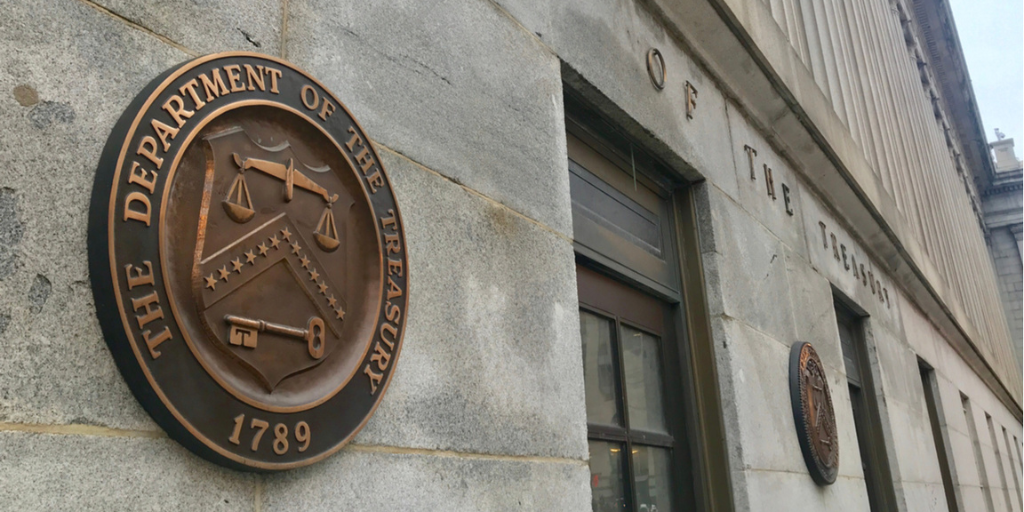The debt ceiling is making news again. Will Congress raise it? Will the U.S. make history by defaulting on our government debt?
If it seems like this a story you’ve heard before, that’s because it is. Over the past decade, there have been seven occasions where we’ve seen negotiations (or lack thereof) over the debt ceiling come uncomfortably close to Congress’s deadline to act.
With the window to act ranging from a few weeks to one day before the deadline expires, the drama has varied. We created a short primer on why we end up in this cycle and what it means for investors.
Why Do We Have a Ceiling?
The process for borrowing money is for the Treasury to hold an auction of securities. Congress used to approve each individual auction by passing a new law. In 1917, the U.S. entered World War I, and to provide adequate funding in a timely manner, Congress created a ceiling and told the Treasury it could borrow up to that amount.
Didn’t Treasury Run out of Money in January? Why Is This Happening Now?
The Treasury uses a few key pieces of data to determine when it is likely to run out of funds. The biggest parts of the calculation are:
- How much tax money is likely to be available
- When will that money arrive
- When debt payments are due
These inputs help identify what the Treasury calls the “X Date.” But hitting the X Date doesn’t mean automatic default on the debt payments.
The Treasury has a government version of looking under the couch cushions for change that it calls “extraordinary measures.” These are deployed to keep funds flowing so that the U.S. doesn’t default on the payments to the holders of Treasury securities. These include moving around investments and deploying accounting measures. Extraordinary measures have been in effect since January, and the Treasury estimates that those will no longer be enough sometime in June or early July. That’s what creates the timeline. Based on that, the Treasury sets a deadline for Congress to act.
Raising the debt ceiling allows the Treasury to auction more securities, so it can continue to make payments on the older debt.
Why Is This Such a Big Deal?
If you set up a scheme whereby people invested money with you, and then you gave them returns on that investment that were funded by new money that people invested with you, you’d get investigated by the SEC and most likely go to jail. When individuals do it, it’s called a Ponzi scheme.
The U.S. is the largest economy in the world, and the securities issued by the Treasury are considered “risk-free” because they are backed by the “full faith and credit” of the United States. This refers to the ability of the government to raise money by taxing its citizens and borrowing funds.
If the government were to demonstrate that it does not have this power by defaulting on debt payments, it would certainly mean that future borrowing would become more expensive, and the risk would be much higher.
The implications go well beyond increasing the cost of borrowing. A default on U.S. Treasury bonds would likely trigger a global financial crisis, potentially greater than any we have seen yet.
So If the Debt Ceiling is Extended, Does the Crisis Go Away?
Maybe. Because the threat is so serious, the agencies that rate debt may decide to make adjustments to their ratings. This happened in 2011 when the crisis was narrowly averted, but Standard & Poor’s lowered their rating of U.S. government debt from AAA to AA+.
If debt is downgraded, borrowing becomes more expensive for everyone. U.S. Treasury rates are used to set the cost of consumer debt including credit cards, auto loans and mortgages. They are also used to set the cost of municipal debt – and higher costs of debt may mean higher taxes.
The Bottom Line
So far, the markets have been relatively calm about the prospect of default, and negotiations are ongoing. Given the history of last minute solutions, this confidence may not be misplaced.

